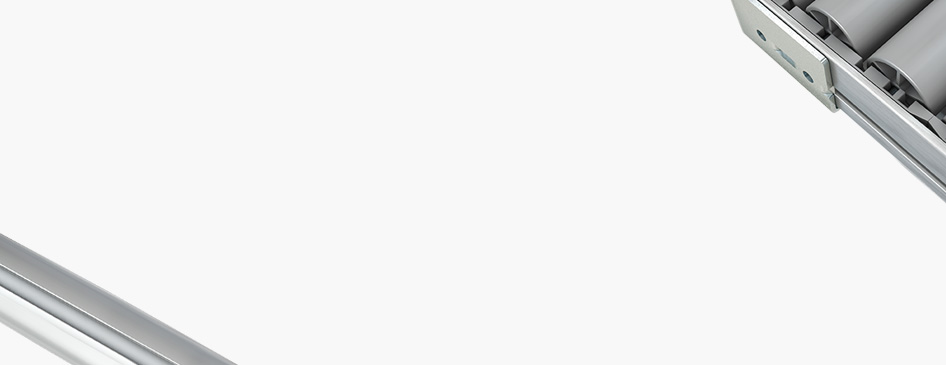
Wählen Sie eine
oder mehrere Sprachen aus
0,1,0
- Deutsch
- Englisch
- Chinesisch
- Spanisch
Surface finishing
The surfaces of workpieces and components (made of Steel) are treated to make them stronger. In particular, this increases their dynamic (fatigue) Strength, fatigue limit, Wear Resistance and hardness, while also maintaining their core Toughness. In order to achieve this, the workpieces undergo Heat treatment. The thickness of the surface layer and its properties are influenced by alloying elements and the temperature-time regime used.
During surface finishing, only the workpiece's boundary area is brought to the Hardening temperature (austenitising temperature), while the impact on the core should be minimised. Hardening can be achieved using
- gas flames during flame hardening
- electric induction during induction hardening
- laser and electron beams
- diffusion of nitrogen or Carbon into the marginal zones during nitriding / carburising.
Other methods are also referred to as surface finishing in practice but are actually Coating or Cutting methods. They include the following:
- Electroplating, which involves applying layers of metal such as copper, Nickel and zinc
- Deburring using vibratory finishing, thermal processes or polishing
- Applying Corrosion protection
- Powder coating
- Layering to reduce wear
